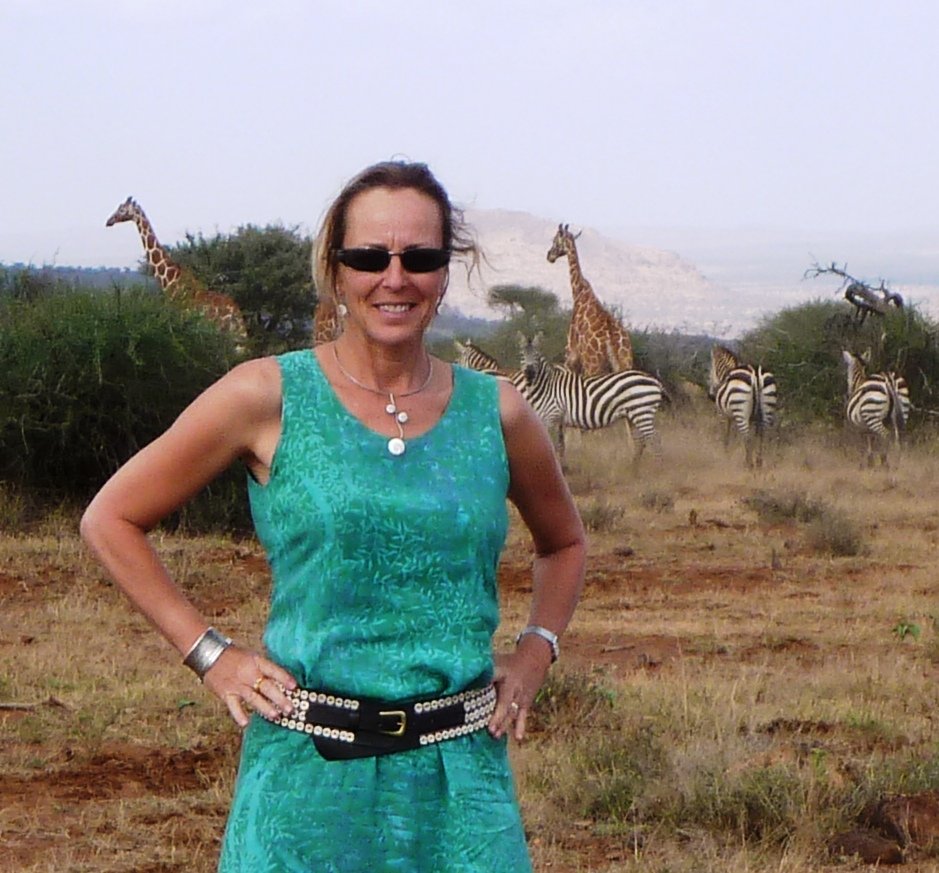World Wide Fund for Nature (WWF) and UN Environment Programme (UNEP) has come together to establish the discourse upon one of the very pertinent issues that need attention, human-animal strife and its impact on wildlife. They have published a report titled, A Future for All: The Need for Human-Wildlife Coexistence.
The report is a result of the collective effort by 155 experts from 40 organizations based in 27 countries.
Susan Gardner, Director of UNEP’s Ecosystems Division said, “This report is a clarion call to elevate the problem of human-wildlife conflict and give it the attention it deserves in national and international processes.”
Human-Animal strife has been an important developmental and humanitarian issue and is in need of attention for years. Even though this issue is strongly associated with the Sustainable Development Goals (SDGs) like the SDG 2 on zero hunger, the policymakers have been persistently dodging the topic till now.

If the world is serious about meeting the SDGs by 2030, it needs to include the concern of human-animal strife unequivocally in the SDG goals and make it the focus of the Convention on Biodiversity’s new framework said Lilian Gikandi in the introduction of the report in WWF.
Also Read – AI Can Help Protect Wildlife From Human Dangers, But ‘Real’ Value Is In Data Collection
Margaret Kinnaird, Global Wildlife Practice Leader at WWF International commented upon the same, “If human-wildlife conflict is not adequately addressed by the international community, WWF believes it will have a considerable negative impact on countries’ ability to meet the majority of the SDGs.”

The report asserts that this human-animal strife has posited a big threat to the existence of many wildlife species on earth.
The conflict induces around 75% of the deaths of the world’s wild cat species and many other terrestrial and marine carnivore species such as polar bears and Mediterranean monk seals, and large herbivores such as elephants.
Though it is not possible to completely eradicate this human-animal strife, some steps, however, could be taken to reduce the number of upsurges. Local communities can come forward and help reduce these conflicts and establish the coexistence of both species.

The case study of the Kavango Zambezi Transfrontier Conservation Area in Southern Africa has been provided to take it forward. The communities in this area were losing livestock to a high amount due to lion killings. However, instead of resorting to violent means, the people looked for a solution.
And finally “the installation of fixed and mobile lion-proof corrals for night-time protection in risk-prone areas led to a 95% reduction in livestock killings in 2016, and there were zero retaliatory killings of lions in 2016 (compared to 17 killed in 2012 and 2013), allowing previously threatened lion populations to recover” states the report.

Since the report is published amidst this Covid 19 pandemic hence it also focuses on the severity of Zoonoses, the diseases that are disseminated from animals to humans.
All the zoonoses that have emerged in the recent past (e.g. Ebola, Zika, Nipah encephalitis) and some other pandemics in the further past (e.g. avian influenza, HIV/AIDS, COVID-19) has all been a result of the contact among wildlife, livestock, and people.
Hence, it emphasizes “while wildlife serves as hosts to a number of diseases, it’s important to note that such disease emergence is caused by human activities and the impacts of these activities on the environment.”
Also Read: ‘Twitter Must Follow The Law Of The Land’ Says Newly Appointed IT Minister

















Comments 1